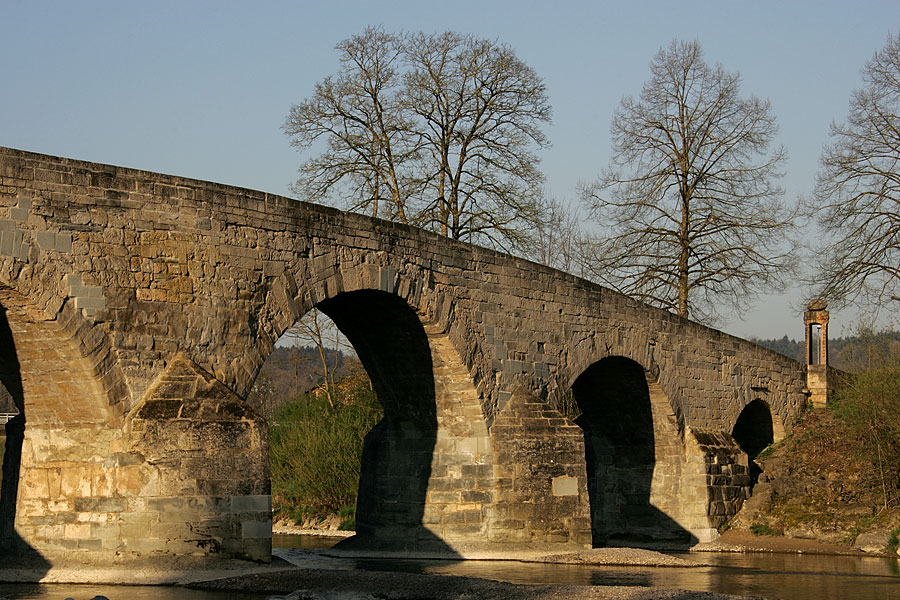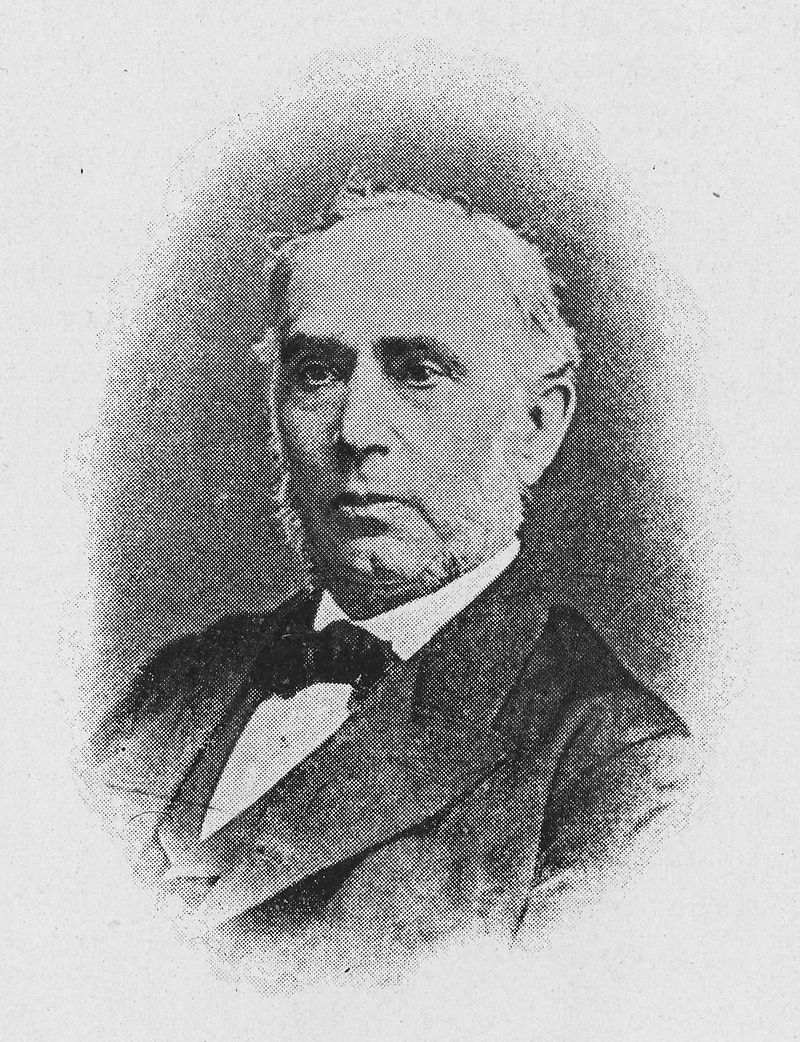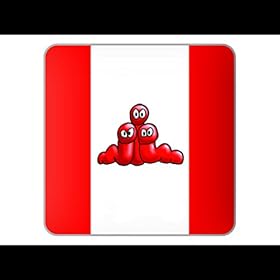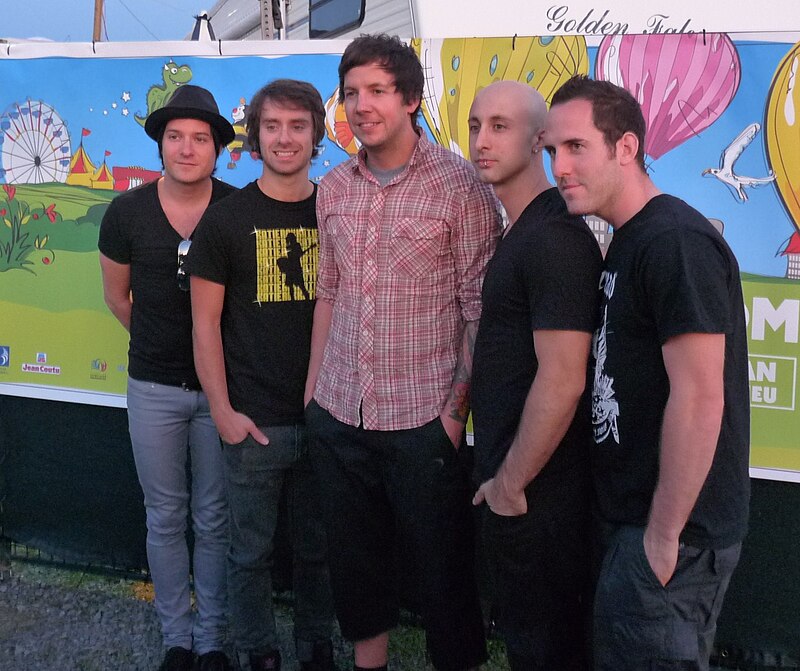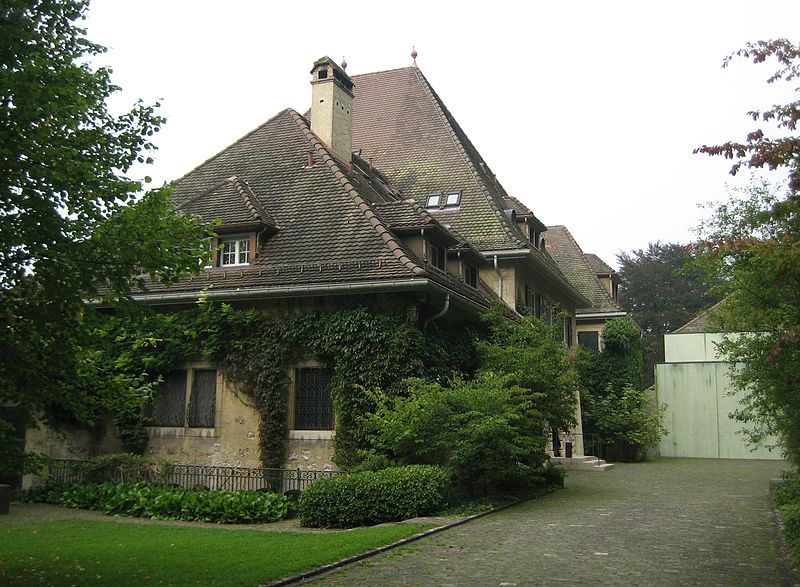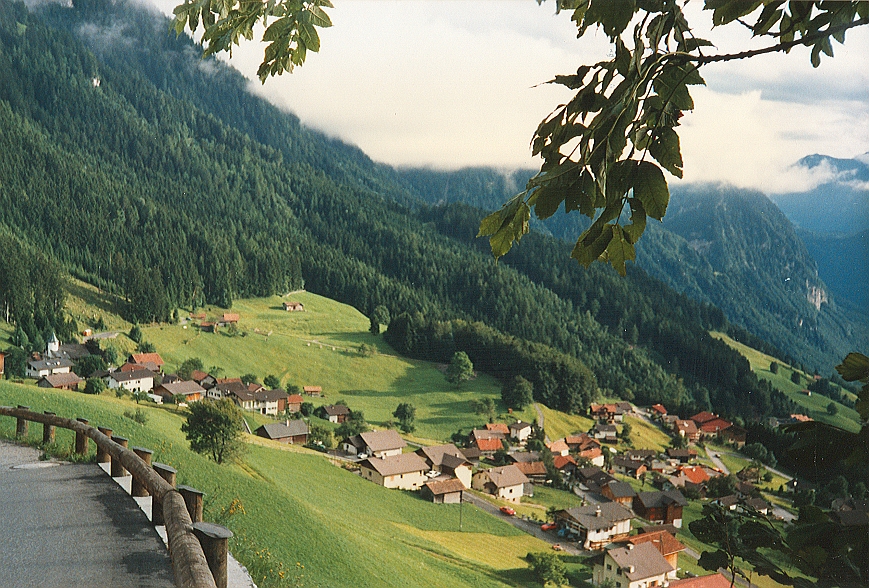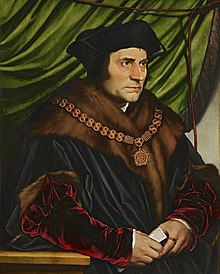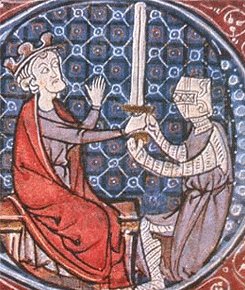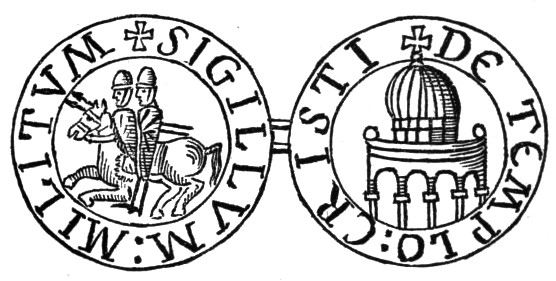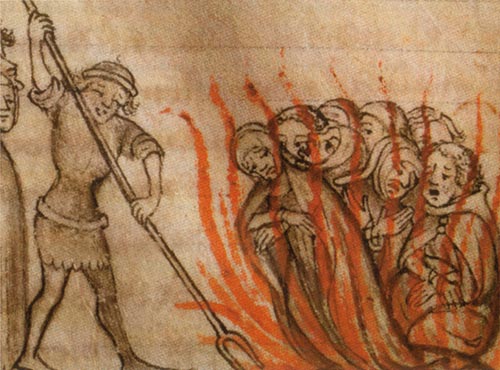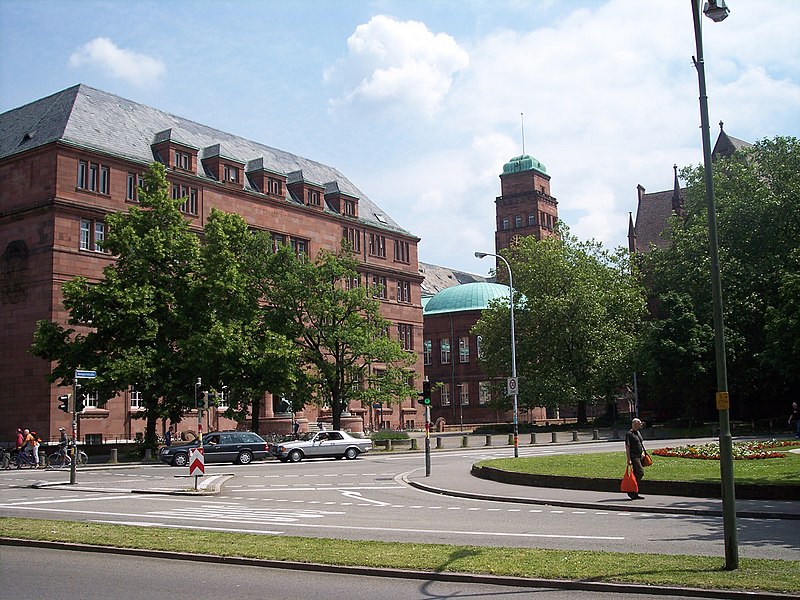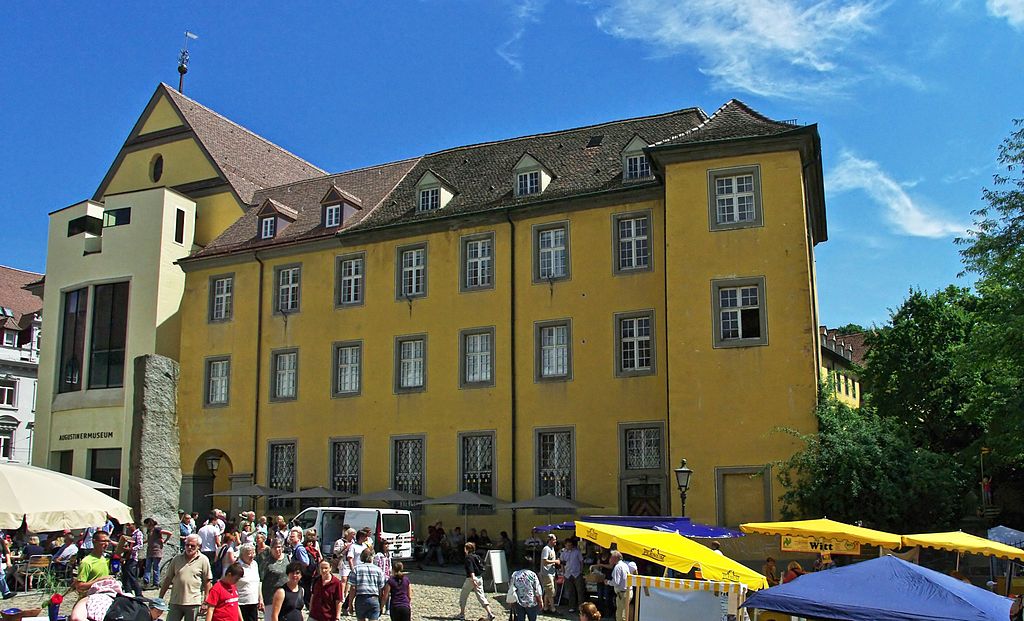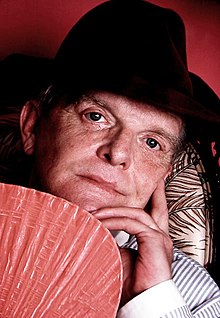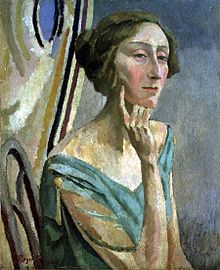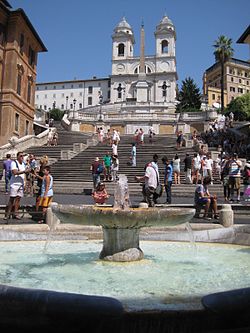
“A desk is no place to think on a large scale”.
(Rebecca Solnit, Wanderlust: A History of Walking)
“An absolute new prospect is a great happiness, and I can still get this any afternoon.
Two or three hours´walking will carry me to as strange a country as I expect ever to see.
A single farmhouse which I had not seen before is sometimes as good as the dominions of the King of Dahomey.
There is, in fact, a sort of harmony discoverable between the capabilities of the landscape within a circle of ten miles´radius, or the limits of an afternoon walk, and the threescore years and ten of human life.
It will never become quite familiar to you.”
(Henry David Thoreau, Walking)
I like walking because it is then when I begin to think.
I re-learn, yet again, how to relax and no matter where my feet end up I usually find meaning in the experience.
When I let go of the haste of modern life, I learn truths about myself and the world I had no idea that I had yearned to know.
When I meander out into the world at the whim of my own curiosity…
(sometimes sparked by someone´s else writing, sometimes not)
…I find meaning, and, as I follow my feet, I discover, yet again, a sense of adventure along the way and in my existence.
“Give me the clear blue sky above my head, and the green turf beneath my feet, a winding road before me and a three hours´march to dinner – and then to thinking!
It is hard if I cannot start some game on these lone heaths.
I laugh, I run, I leap, I sing for joy!”
(William Hazlitt, “On Going A Journey”- Dan Kiernan, The Idle Traveller: The Art of Slow Travel)
I remember recently sharing on Facebook something that made me smile:
“Me: I really want to travel.
Bank account: Oh, really? Where? Your backyard?”
And this got me thinking.
“Yes, that´s it, exactly!”
Before I met my wife, many of my travels had been very much a hand-to-mouth existence.
I may not always have seen all the “must-see” tourist attractions, but it was the strangeness of new places and the discoveries on my travels that more than made up for not hobnobbing with other tourists.
Now, I live a different life, and though money is not quite the problem it once was, the sacrifice of time required to earn this money means I am not so free to wander the world as I once did.
And it is typical between the genders, my wife and I have different ideas of what travel should mean, and for marital bliss I go along with her ideas of travelling.
We will either travel great distances, see all that can be seen at breakneck speed, then return home exhausted – needing a vacation from the vacation.
Or we sit on a beach and watch the waves roll in, seeking little that is new except a retreat from work.
As much as I love my wife, these are not my ideas of travelling.
I want to discover the world at the speed of a toddler, curious about all that is around me, doing as I will, because impulse drives me rather than a guidebook´s list demanding that I pay attention to its recommendations.
I may let a guidebook spark the ideas, but I enjoy getting lost and being surprised by what I encounter.
“And, oh, the places you´ll see!” (Dr. Seuss)
 Above: My favourite postcard on the bedroom wall
Above: My favourite postcard on the bedroom wall
“Moving on foot seems to make it easier to move in time.
The mind wanders from plans to recollections to observations.
The rhythm of walking generates a kind of rhythm of thinking.
The passage through a landscape echoes or stimulates the passage through a series of thoughts.”
(Rebecca Solnit, Wanderlust: A History of Walking)
Fürstenland Romantic Pond Chain Path, Switzerland:
27 January 2016:
As I wander through the Thurgau woods, I am struck by the thoughtfulness that goes into something as simple as a path down a hill…

and the small details on a cobblestone path leading into a town giving the place just that little bit extra significance:
 Hauptwil, Switzerland
Hauptwil, Switzerland
As a foreign resident of Switzerland, I am relieved not to be native-born everytime I see a town´s bulletin board conscripting all able-bodied Swiss males, ages 16 to 50 (though both these age limits are exceptional, the average conscription markers are 19 to 34), for mandatory military service.

For though Switzerland has been officially neutral since the Franco-Prussian War of 1870, the country is armed to the teeth and everready to combat any country foolish enough to attack it.
And the magic and the marvel of walking paths is that they often lead you back into civilisation in unexpected ways:

And say what you will about the beauty of art hanging in a museum, even a small pond whispers volumes more glory than any artificial masterpiece.
I am moved by the simplicity of a wooden dock stretching out into a pond:

and deeply moved by the silent mystery of who or what Alex was, with a pondside gravestone simply inscribed: “Alex – 1982-2011”.

Was this Alex male or female – a person or a pet – did he/she drown in the pond or expire by its shores?
The snow and the ice and the marker say nothing.
In Hauptwill-Gottshaus, a young girl is ready to skate:

And by the old mill stream the Tobelmüli (Tobel mill), the site of a former restaurant, resourcefully ignores the modern age of refridgeration.
Wine and soft drink chill on the windowsill in the cold winter wind.

I am tempted to follow the example of the three convicts, Ulysses Everett McGill (George Clooney), Pete Hogwallop (John Turturro) and Delmar O’Donnel (Tim Blake Nelson) who escape from a chain gang and steal from a windowsill to sustain themselves in:
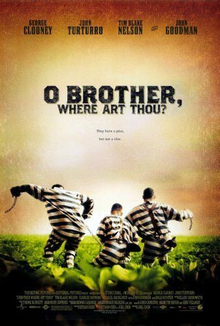
She sees me take a photograph of her window and needs to talk to someone, to anyone.
Her husband, the owner-operator of the restaurant, has recently died.
She is alone, tending to her paralysed stepfather 90 years young.
She cries and I know my mere words cannot help.
Eleanor Rigby comes to mind unbidden.

Statue of Eleanor Rigby in Stanley Street, Liverpool.
A plaque to the right describes it as:
“Dedicated to All the Lonely People”
“Waits at the window, wearing the face
That she keeps in a jar by the door
Who is it for?
All the lonely people
Where do they all come from?”
(The Beatles, “Eleanor Rigby”)
The path has become the Boulevard of Broken Dreams.
And though “my shadow is the only one that walks beside me”…
(Green Day, “Boulevard of Broken Dreams”)
…still I do not feel lonesome, for life in all its splendour, its joys and sorrows, is met at every bend and turn.
This is my education.
Walking is the theatre of the senses, the cinema of the imagination, the song of the soul, the beat of the heart.
“It´s the unpredictable incidents between official events that add up to a life, the incalculable that gives it value.”
(Rebecca Solnit, Wanderlust: A History of Walking)

Map of Robert Louis Stevenson´s walking route, taken from Travels with a Donkey in the Cévennes (1879), a pioneering classic of outdoor literature

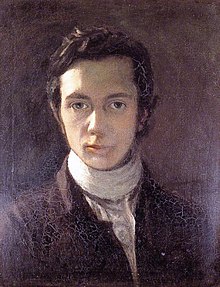


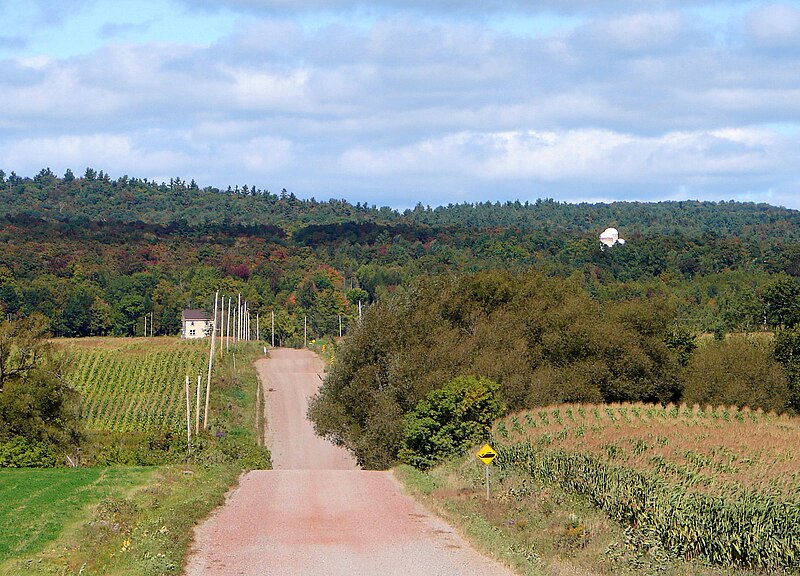


 I wish I had had the maturity and the foresight to have recorded his conversations in the car, but what I do recall is that he spoke with such love, such longing, for his homeland, for his pines so high, so dark, that there remains within a burning desire to find those forests in India.
I wish I had had the maturity and the foresight to have recorded his conversations in the car, but what I do recall is that he spoke with such love, such longing, for his homeland, for his pines so high, so dark, that there remains within a burning desire to find those forests in India.


